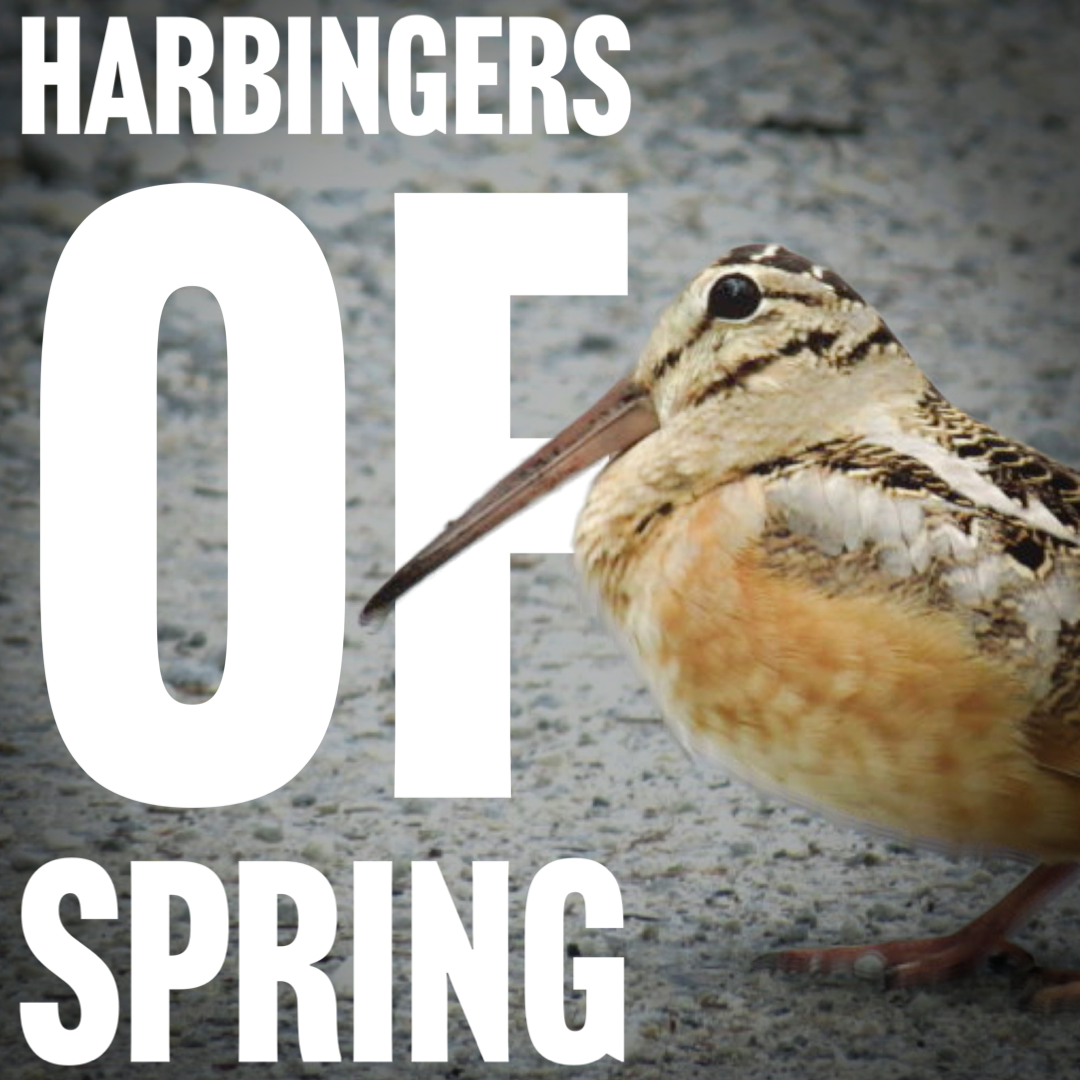
Harbingers of Spring
Harbinger - a person or thing that announces or signals the approach of another.
There are not too many people in rural America that do not have a family or friend that talks about the “signs”. In this writer’s opinion, there are many “signs” that do not have much validity within the scope of science. However, there are several that do have their roots (sometimes literally) in science. After a rather short and uneventful winter here in Kentucky, there are several things that I have seen over the last couple of weeks that tell me spring is very near.

The first is the genus of Narcissus, most often referred to as daffodils. Carl Linnaeus noted the genus as Narcissus believing they are the same flower associated with Narcissus of Greek legend. Narcissus, you see thought himself to be rather handsome. Legend has it, he was turned into a flower by Nemesis, but his beauty continues to shine through in this perennial flowering plant. Cool story bro, but what about the science? I saw my first daffodils jumping up almost three weeks ago. They require a fair amount of sunlight and warmth to continue to grow, so they are an early indicator that spring is coming.

Second on my list of recent sightings is my good friend, the American woodcock, known scientifically as Scolopax minor, but also commonly known as such as bogsucker, mudsnipe, and my personal favorite, the timberdoodle. These little guys have an elongated bill that appears a bit too long for its body. That is because it serves as a probe in fertile soils for earthworms as dinner. If the ground is too frozen and solid, they cannot find enough food. Therefore, you don’t typically see them showing up around here until the soil thaws enough to stay that way. I saw my first little timberdoodle last week.




Tree buds seem to be popping out. I say it seems because this is not entirely true. They have only gotten more substantial and noticeable this time of year. One of the first to be easily recognizable is that of the Acer rubra. Most of us call them a red maple. Those buds are dark maroon to red and get enlarged and start to drop portions so the leaves can fully develop. This is caused by the increased amount of water that started pumping up and down the tree about a month ago. If you did not know, most trees push their buds out at the end of summer. They have been mostly quiet and humble, not bringing attention to themselves all winter. To the trained eye, you can identify trees with many of these buds. I recently taught a winter tree identification class in which we looked at leaf scars, buds, bark, fruit, soil, and so much more to identify them. My favorites though, are the tulip poplar bud that looks like a duck’s bill, the American beech bud, which looks like a rolled cigar, and the leaf scar of black walnut, which looks like the face of a monkey.
What are you seeing out there that tells you spring is coming? I am sure there is something. Whatever that is, take the time to show it to a child, grandchild, student, or similar in this coming week. We must do all we can to encourage this next generation to get outside, don’t you think? If so, you will most likely see me somewhere on or off the trail!


Leave a comment